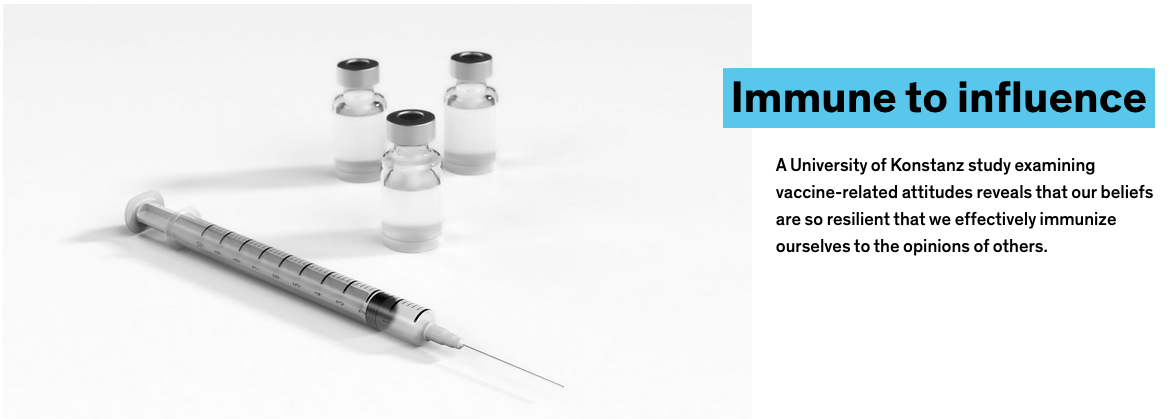Skip to content


Posts in Category: 2018–2019


riskyr: A toolbox for rendering risk literacy more transparent
On 2018-02-20 by hneth With 0 Comments
- 2018–2019, 2020–2021, computer science, English, programming, psychology, representation, software, visualization
Solving a problem simply means representing it
so as to make the solution transparent.
so as to make the solution transparent.
Simon, H.A. (1996). The Sciences of the Artificial
Hansjörg Neth, Felix Gaisbauer, Nico Gradwohl, Wolfgang Gaissmaier
riskyr: A toolbox for rendering risk literacy more transparent
Abstract: Risk-related information — like the prevalence of conditions and the sensitivity and specificity of diagnostic tests or treatment decisions — can be expressed in terms of probabilities or frequencies. By providing a toolbox of methods and metrics, the R package riskyr computes, translates, and displays risk-related information in a variety of ways. Offering multiple complementary perspectives on the interplay between key parameters renders teaching and training of risk literacy more transparent.


